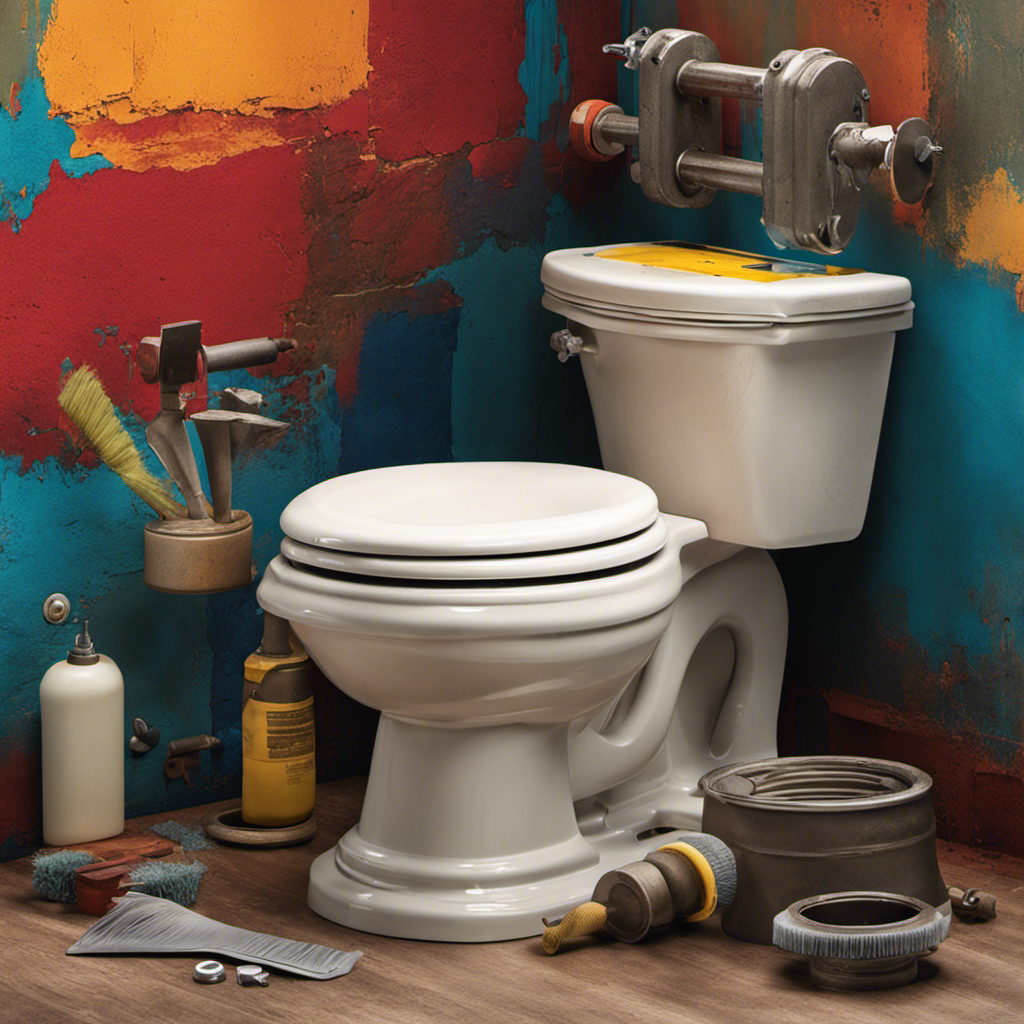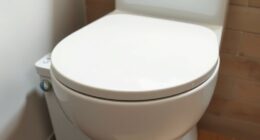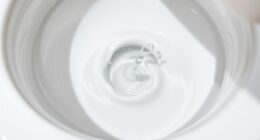We’ve all had that moment, staring at a toilet, pondering the amount of water being used with every flush. This question holds importance for both our finances and the world around us.
In this article, we’ll delve into the technicalities of toilet water usage, exploring the factors that affect consumption and offering tips to reduce our water footprint.
Get ready to master the art of water conservation in your bathroom!
Key Takeaways
- Older toilets used an average of five gallons of water per flush.
- Newer toilets use only 1.6 gallons or less per flush, significantly reducing water consumption.
- Retrofitting older toilets with water-saving devices or installing dual flush toilets can further reduce water usage.
- The type of flushing mechanism used in toilets, such as gravity-fed or pressure-assisted, also affects water consumption.
Average Water Usage of Older Toilets
We used to rely on older toilets that used an average of five gallons of water per flush. However, with advancements in toilet design and a greater emphasis on water conservation, newer toilets have significantly reduced water consumption.

The impact of toilet design on water consumption is evident when we compare the amount of water used per flush. The average older toilet used five gallons of water, while newer, more efficient models use only 1.6 gallons or less. This substantial reduction in water usage not only helps save water, but also has a positive environmental impact by reducing the strain on water resources.
Water-Saving Options for Toilets
To further reduce water consumption, we can explore various water-saving options available for toilets.
One popular option is to retrofit older toilets with water-saving devices. These devices, such as toilet dams or displacement bags, reduce the amount of water used per flush by displacing some of the water in the tank.
Another option is to install a dual flush toilet, which allows users to choose between a low-volume flush for liquid waste and a higher-volume flush for solid waste. Dual flush toilets have become increasingly popular due to their significant water-saving benefits. On average, a dual flush toilet uses about 1.28 gallons per flush for liquid waste and 1.6 gallons per flush for solid waste, compared to the 3-5 gallons used by older toilets.
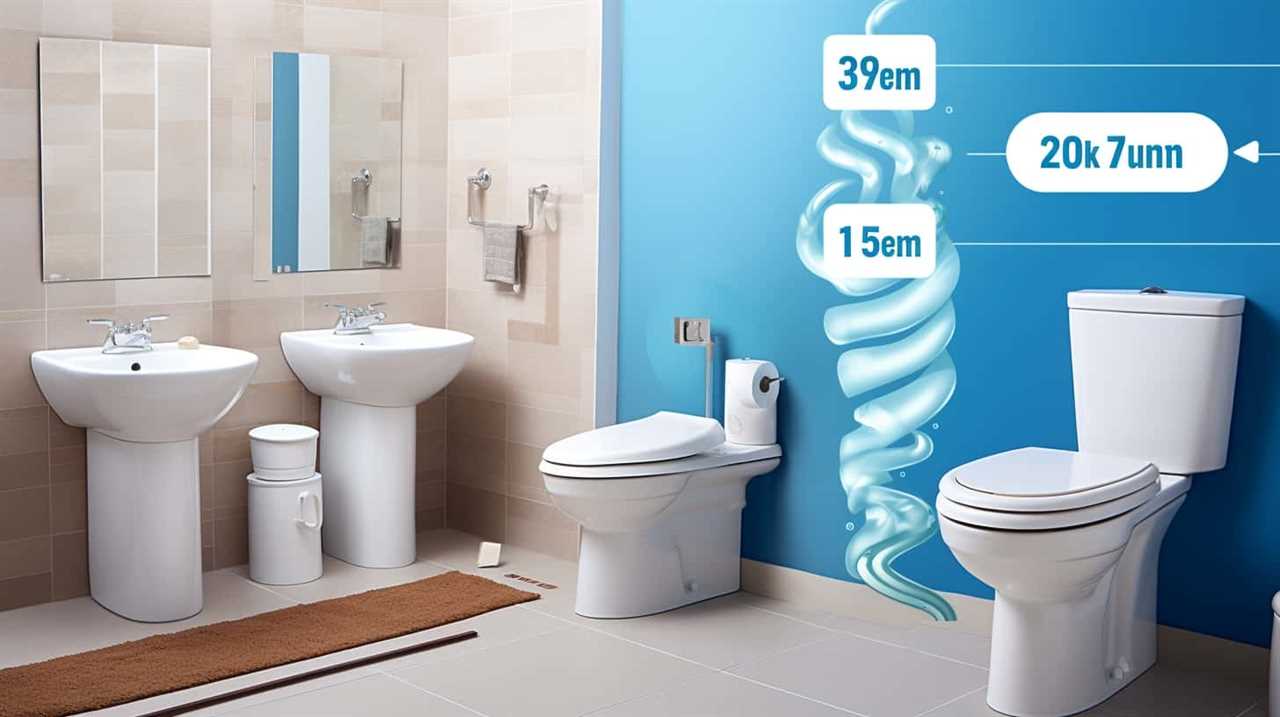
Factors That Affect Water Consumption in Toilets
One key factor that affects water consumption in toilets is the type of flushing mechanism used. Toilet efficiency plays a crucial role in determining the amount of water used per flush, thereby impacting the overall environmental impact.
There are two main types of flushing mechanisms commonly found in toilets: gravity-fed and pressure-assisted.
Gravity-fed toilets use the force of gravity to flush waste, relying on the weight of the water in the tank to push it down into the bowl. These toilets typically use around 1.6 gallons of water per flush (GPF).
On the other hand, pressure-assisted toilets use compressed air or water to create a more powerful flush, reducing the amount of water required. These toilets typically use around 1.0 to 1.3 GPF.
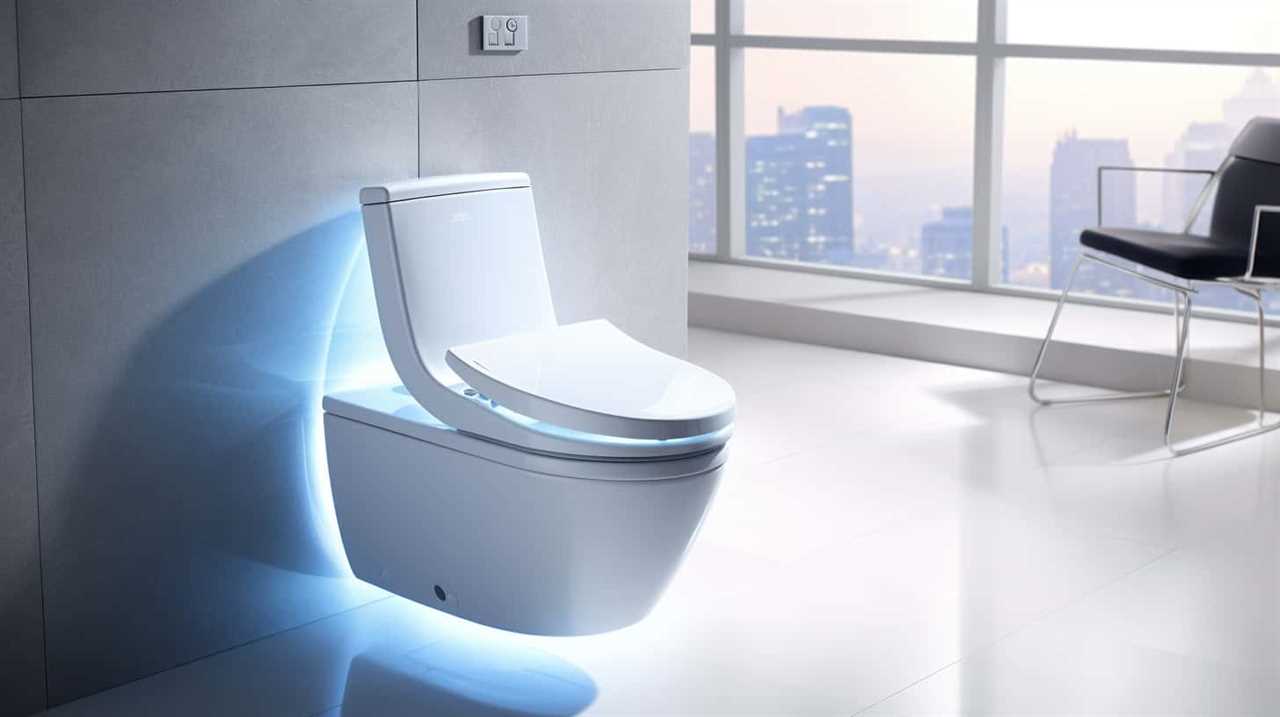
Choosing a toilet with a more efficient flushing mechanism can significantly reduce water consumption, leading to both cost savings and a positive environmental impact.
Tips for Reducing Water Usage in Your Toilet
To reduce water usage in your toilet, consider implementing the following tips:
- Install a dual-flush toilet: These toilets come with two buttons or handles, allowing you to choose between a full flush for solid waste and a half flush for liquid waste. This option can save a significant amount of water over time.
- Adjust the water level: Most toilets have an adjustable float or fill valve that controls the water level in the tank. Lowering the water level can reduce the amount of water used per flush without compromising performance.
- Regular maintenance: Check for leaks and fix them promptly. A leaking toilet can waste a significant amount of water. Also, consider installing a water-saving device, such as a toilet tank bank or a fill cycle diverter, to decrease the amount of water used per flush.
Importance of Water Conservation in the Bathroom
Water conservation in the bathroom is a crucial aspect of reducing our environmental impact, and we can all play a part in it.
One way to conserve water in the bathroom is by using water-saving showerheads. These showerheads are designed to reduce water flow without compromising the shower experience. By using a water-saving showerhead, you can save up to 2.5 gallons of water per minute.
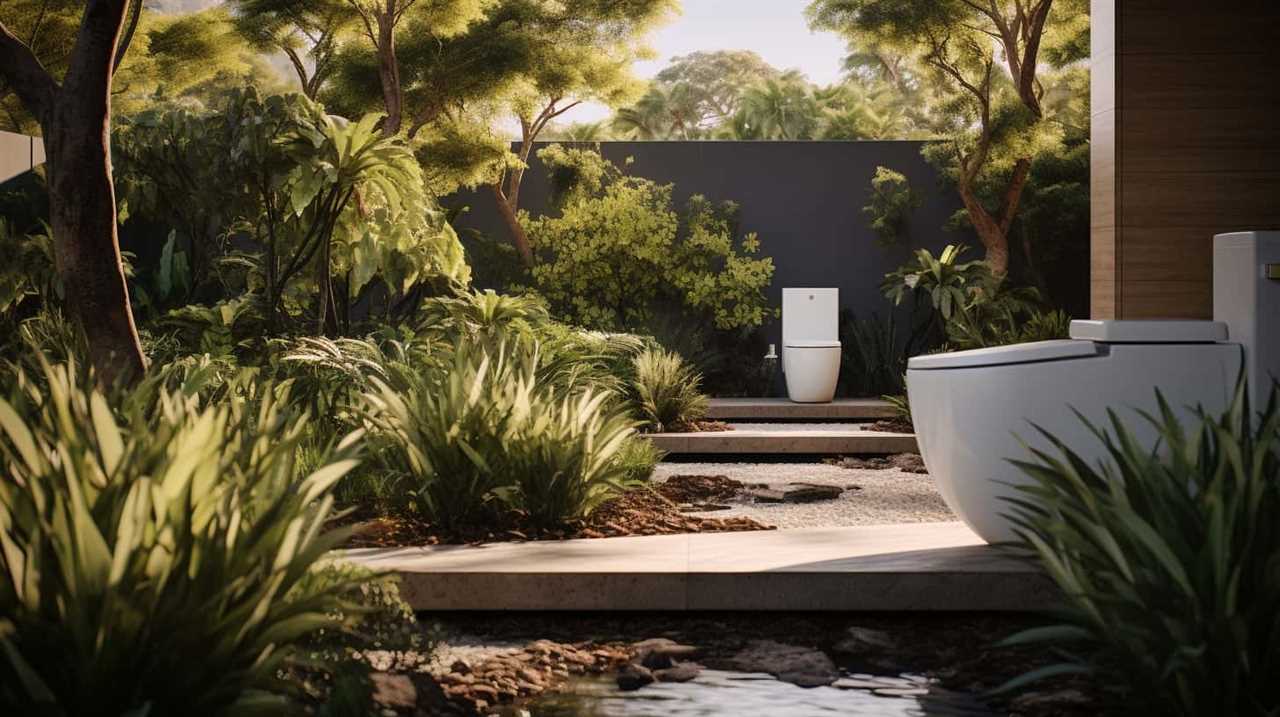
Another effective way to conserve water is by using dual flush toilets. These toilets have two flushing options, one for liquid waste and another for solid waste. The liquid waste option uses less water, typically around 0.8 gallons, while the solid waste option uses around 1.6 gallons. By using dual flush toilets, you can save a significant amount of water compared to traditional toilets.
Incorporating water-saving showerheads and dual flush toilets in your bathroom can greatly contribute to water conservation efforts, helping to protect our precious water resources.
Frequently Asked Questions
Are There Any Regulations in Place Regarding Water Usage for Toilets?
Toilet water usage regulations and the impact of toilet age on water consumption are important factors to consider. Understanding these regulations and how older toilets may use more water can help us make informed choices for water conservation.
How Does the Age of a Toilet Affect Its Water Usage?
The age of a toilet can greatly impact its water usage. Older toilets may not be as water efficient as newer models, resulting in higher water consumption per flush. Upgrading to a newer toilet can help reduce water waste.
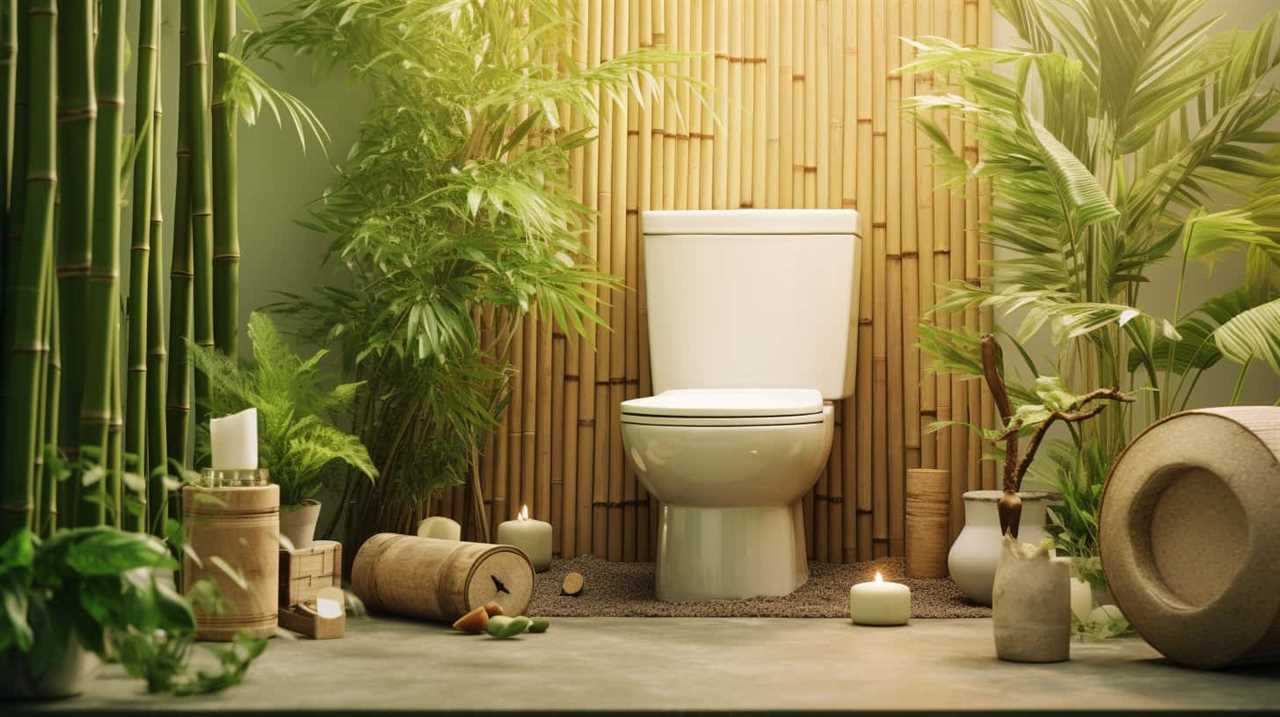
Can I Retrofit an Older Toilet to Make It More Water-Efficient?
Yes, you can retrofit an older toilet to make it more water-efficient. There are various water-saving toilet options available, such as dual flush systems and low-flow toilets, that can help reduce water usage.
What Are Some Common Factors That Can Increase Water Consumption in Toilets?
Factors affecting water consumption in toilets include flushing habits and toilet design. By being mindful of how often we flush and considering water-saving features in toilet design, we can reduce water usage.
Are There Any Additional Measures I Can Take to Conserve Water in the Bathroom, Apart From Using a Water-Saving Toilet?
To conserve water in the bathroom, apart from using a water-saving toilet, we can install water-saving faucets, showerheads, and aerators. Additionally, implementing greywater recycling systems and rainwater harvesting systems can further reduce water consumption.
Conclusion
In conclusion, it’s crucial to recognize the importance of water conservation in our bathrooms.

By understanding the average water usage of older toilets and exploring water-saving options, we can make a significant impact on our water consumption.
Implementing simple tips, such as fixing leaks and using dual-flush toilets, can also greatly reduce our water usage.
Let’s join hands and embark on this journey to preserve our precious water resources, like drops of rain in a vast ocean.






